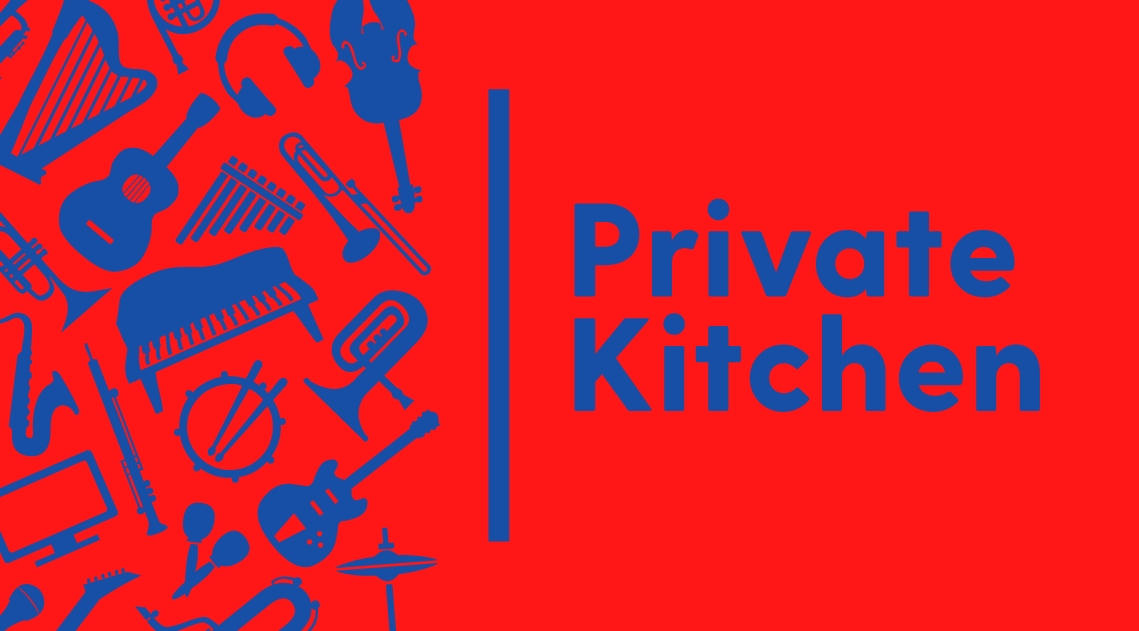The Dutch Auteursrecht law (the basics)
by Erwin Angad-Gaur
In principle, anyone who creates or wants to use an ‘original work of literature, science or art’ is subject to the Dutch Copyright Act: “de Auteurswet”. The Dutch word speaks volumes to its original aim: the protection of the author, de auteur. Under this Act, the author of a work − for example, a composer or lyricist - has the exclusive right to communicate his or her work to the public or to reproduce it. This right is valid until seventy years after the death of the author or the death of the last surviving author.
Copyright subsists only in a ‘specific form’ of a work. Copyright does not cover an idea, a scientific proposition or a style.
The creator
‘Until proved otherwise’ the law assumes that the person who is identified as the author when a work is published is the creator. Initially, the creator is also the copyright owner. And in the case of a work of joint authorship, the creators receive − depending on everyone’s creative input − a joint copyright on the work. If they have each created a separate part of the work, for example, text and music, they each are the copyright owner of the part they have created.
There is an exception in the case of an employment relationship. If the author creates a work within the scope of his or her employment, the employer is regarded as the ‘creator’ unless the employee and the employer have agreed otherwise. It is important therefore to think about this before excepting working as an employer.
Finally, if you adapt someone else’s work − for example, by adding different lyrics to a song or reworking a piece of music – you become the copyright owner of that adaptation yourself. But apart from that, the original copyright remains in full force and effect. You cannot therefore use that new copyright without permission of the original copyright owner.
Moral rights
In addition to the exclusive right to communicate a work to the public and to reproduce it, copyright includes a third fundamental set of rights, known as ‘moral rights’. Moral rights are for the most part non-transferable. In principle, whatever creators do and whatever contracts they sign, they always retain their moral rights. These rights protect them against undesirable distortions of their work and allow them to take action against publication of their work under another person’s name. In principle, there is nothing to be gained commercially from these moral rights; they only protect the creator’s reputation. Even so, this is an increasingly important principle, especially in this day and age, when it is so easy to copy and adapt works.
Exceptions
There are several important exceptions to the exclusive right of the creator.
For example, there are exceptions for news gathering, education and the right to quote in polemics and announcements. When it comes to public lending by libraries the exclusive right has been converted into a right to remuneration: if a book, magazine, CD or DVD has been published, libraries are allowed to lend the works as long as they pay a fixed amount in compensation for each time it is lent. The same applies to making copies for consumers’ private use (the Home Copying Scheme) and making photocopies (‘reproduction right’). These exceptions allow use but offer remuneration to creators and other right holders, for composers via Stemra.
Collective rights management
Although the author (“de maker”) is sole owner of the exclusive rights granted by the law it can be difficult (or even impossible) to monitor or license the use of their music by themselves. For this reason, most composers and lyricists are members of collective rights organisations (CMO’s) like BUMA and Stemra.
BUMA exploits the right to communicate works to the public (i.e. playing music in a bar, live or broadcasting etc) and Stemra the right to reproduce (pressing CDs or DVDs for example). Online distribution is a combination of both. It is possible to be a member of one or both organisations. Also some authors choose to become a member of a CMO in another country (when your work is mainly used in the German market it can be worthwhile to become a member of the German CMO for example.)
BUMA and Stemra represent both authors and music publishers.
BUMA and Stemra distribute remunerations 2/3 to the author and 1/3 to the publisher - if a publisher is involved. If there is no publisher the author, the sole owner of the copyright, receives 100% of the remunerations. Contracts in which the publisher or another party will receive more than 1/3 of the copyright are deemed unreasonable (although ‘kickback deals’ are a reality in multimedia music). Also ‘forced publishing’ (publishing for the sole purpose of taking 1/3 share of remunerations and with no proper work done by the publisher) is deemed by law to be unreasonable.
Copyright
The law aims in short to put the author central. But in practice especially in multimedia music the exclusive rights of the author have more and more become a commodity: a copyright, that no longer puts the author central. To protect him author contract law (het auteurscontractenrecht) was implemented (on which more in one of the next issues of Private Kitchen), but much work has to be done to restore balance in fair remuneration of the author…
(To be continued…)
For more information on the workings of Dutch copyright and of Dutch neighboring rights see:
www.copyrightexplained.nl or www.auteursrechtuitleg.nl
Erwin Angad-Gaur is writer, composer/lyricist, chairman of Platform Makers and director of VCTN
Erwin Angad-Gaur
Writer and composer/lyricist
Erwin Angad-Gaur (52) is writer and composer/lyricist. As songwriter he worked with a.o. Bart Brandjes and Henk Westbroek and with his band Radjinder released two albums and several singles. He is senior advisor of Ntb/Kunstenbond, director of VCTN, the largest musicauthors guild in the Netherlands, and chairman of Platform Makers.
photography: Michel Frequin

